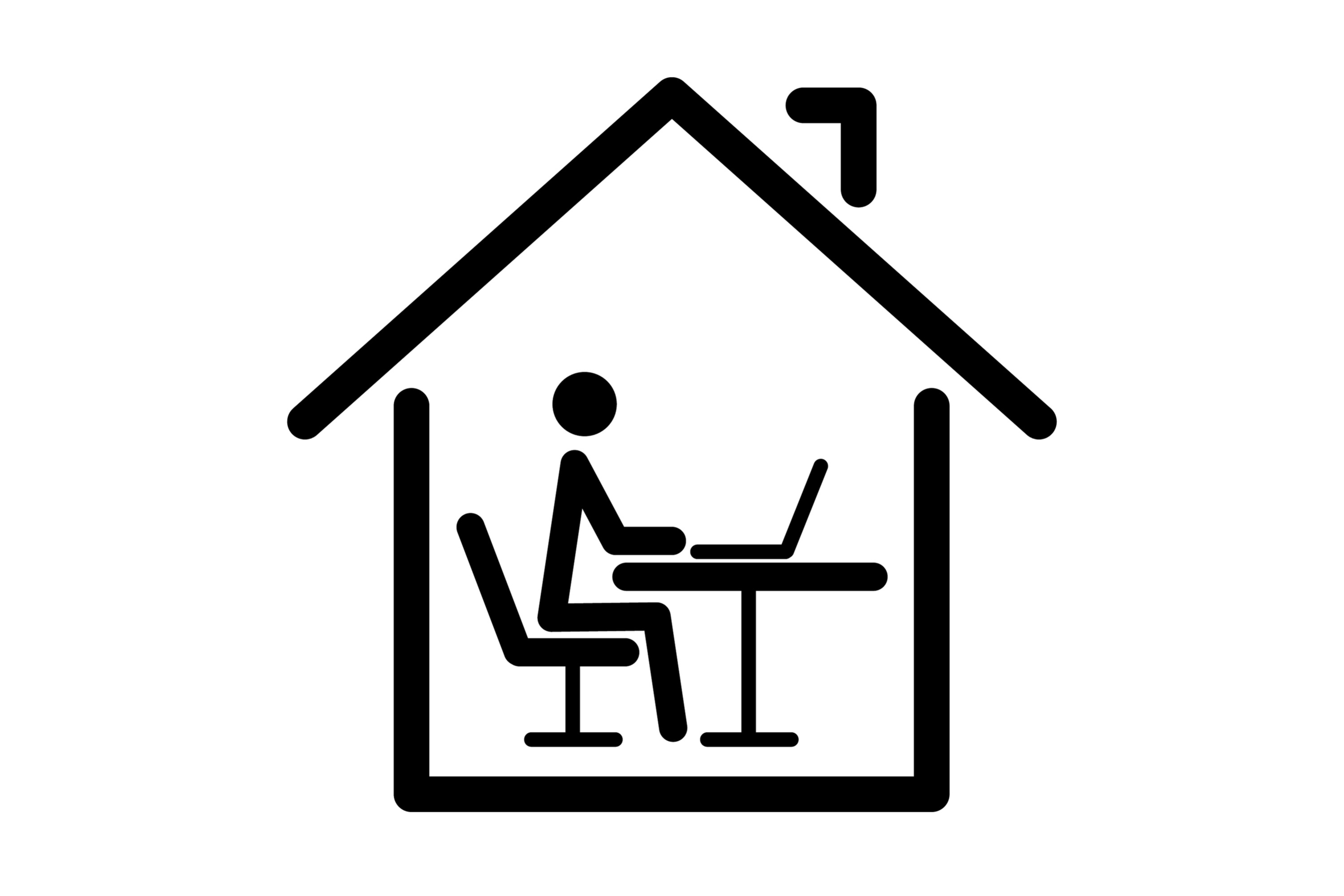Whilst it is generally accepted that many businesses made a rapid almost overnight transition to work from home at the start of the COVID-19 pandemic, eight months on, are your employees safe?
With many employees moving to work from home arrangements initially working from makeshift work areas such as kitchen benches, couches and even lap tables in bed, what are you doing to ensure your employees have moved to more ergonomically suitable work specific areas to reduce their risk of injury or illness?
Flexible arrangements forced by the pandemic are becoming the new ‘normal’ for many workplaces with the realisation that technology, video conferencing and reduced travel time can result in a more productive and less expensive workplace however, these costs will increase greatly if employees are working from home without a suitable set up.
The Work Health and Safety obligations on an employer require that they provide a workplace that is free of risk to their employees so far as is reasonably practicable. As the home office is simply an extension to the workplace, an employer is obligated to ensure that the employee has a suitable work area, as they would be obligated to do so in the office location.
Musculoskeletal injuries caused by poor ergonomic work areas is an obvious risk when considering what injuries may occur in work from home settings. Other injuries and illnesses may include; social isolation from not working in a workplace with their colleagues; fatigue and burnout from not having a work area that they can walk away from forcing that work life balance; and stress caused by job uncertainty.
It is recommended that workplaces begin to return to a new COVID norm, that a reassessment of the flexible work arrangements be undertaken to include the actual workspace setups employees have and how they have coped working in that environment.
Now is also the time to ensure you have well documented policies, procedures and employment documents which are imperative for clarity of expectations for employees who work remotely due to their lack of face to face contact.
To greater assist your employees with work from home and to minimise their risk you should:-
- Update all work from home documentation including policies, procedures and checklists to ensure they are fit for purpose.
- Clarify when a work from home employee is ‘at work’ and when it is their personal time. Consideration could be given to even shutting off access for employees to systems indicating that they have finished for the day.
- Talk to your employees regarding safety whilst working at home. Ensure they are aware that their obligation to keep themselves safe and to report any injury, incident or near miss continues to exist as the home is their extended workplace.
- Investigate any incidents, injuries promptly to understand if they are a work related injury and to assist the employee to reduce or eliminate any future risk.
This article was originally published by HR Advice Online. For more information about our partnership, click here.
The Interchange Bench has partnered with Australia’s Leading Online HR & Safety Advisory Service, HR Advice Online, led by HR veterans Kerrie Canning and Sally Garner. Supported by a team of HR Advisors, HR Advice Online responds to the needs of businesses with simple and easy to use HR and Work Health & Safety resources at an affordable monthly rate. Click here for more information.

